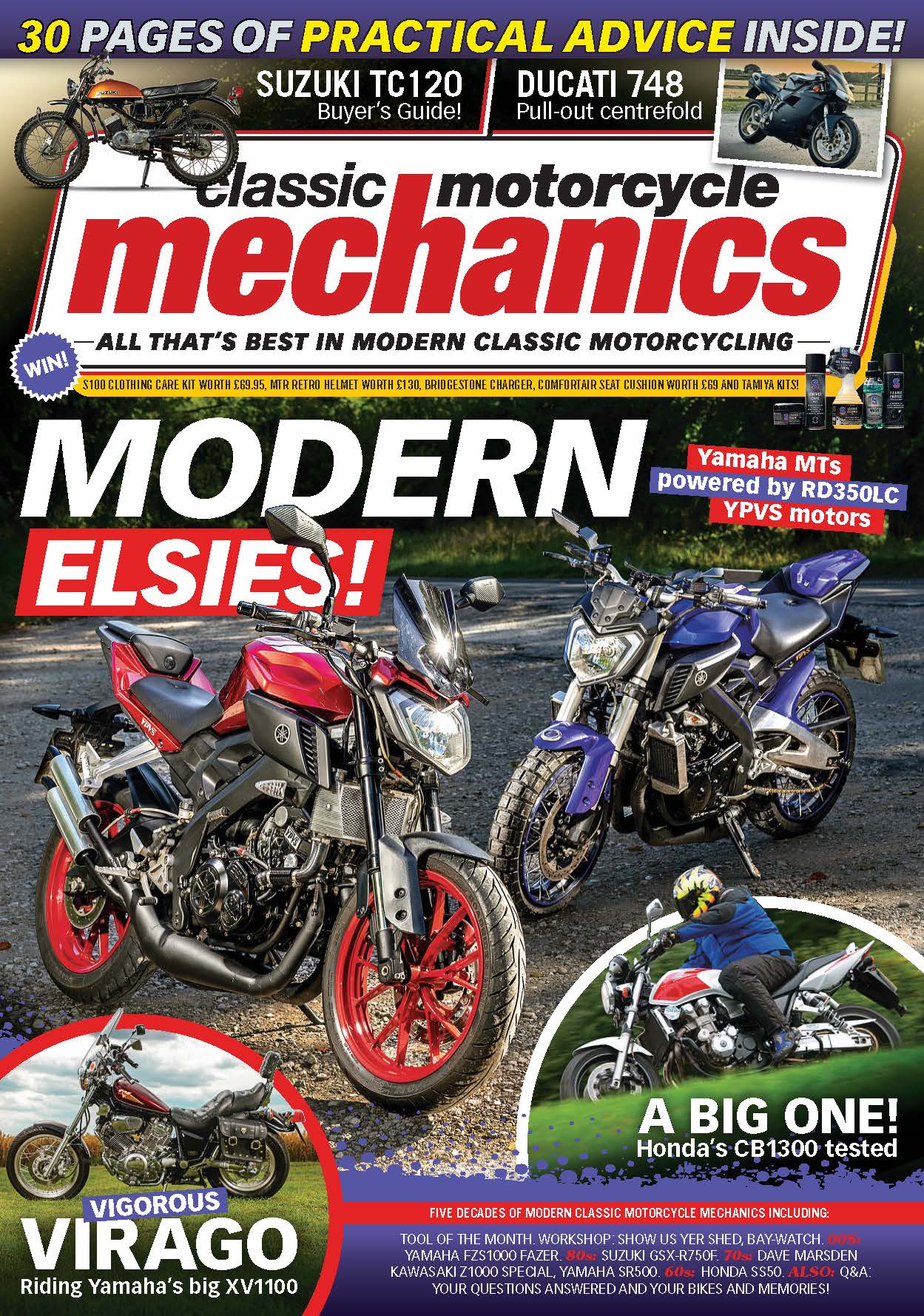Until 1981 many looked down on 125s with scorn; with a change in the law eighth of a litre bikes were the new teenage icons of desire.
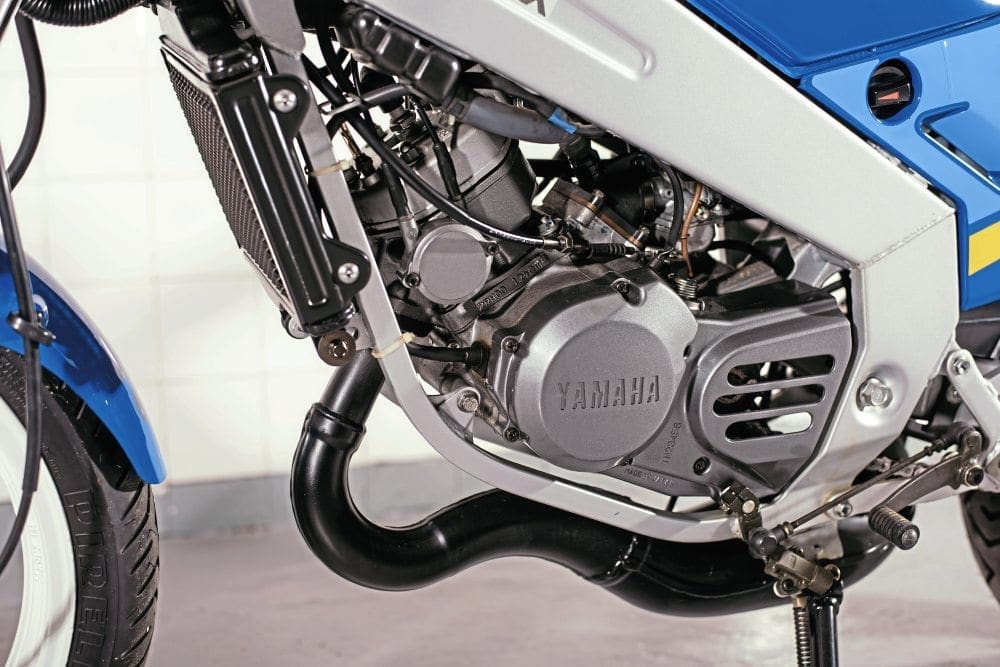
When the powers that be stopped today’s mid-forty somethings from wrapping Suzuki X7s, Yamaha RD250LC and the like around round roadside furniture, cars etc. many wondered just what they might be allowed to ride.
Old tech Honda singles, Yamaha twins that were designed mid 60s, reincarnations of 70s inspired trail bikes? Of course the Japanese were well ahead of the game and swiftly offered RD125LCs, Kawasaki AR125s, Honda MBX125s and the like. Good old introverted GB really hadn’t really embraced 125s and many of us didn’t even know such bikes existed until compelled to ride them.
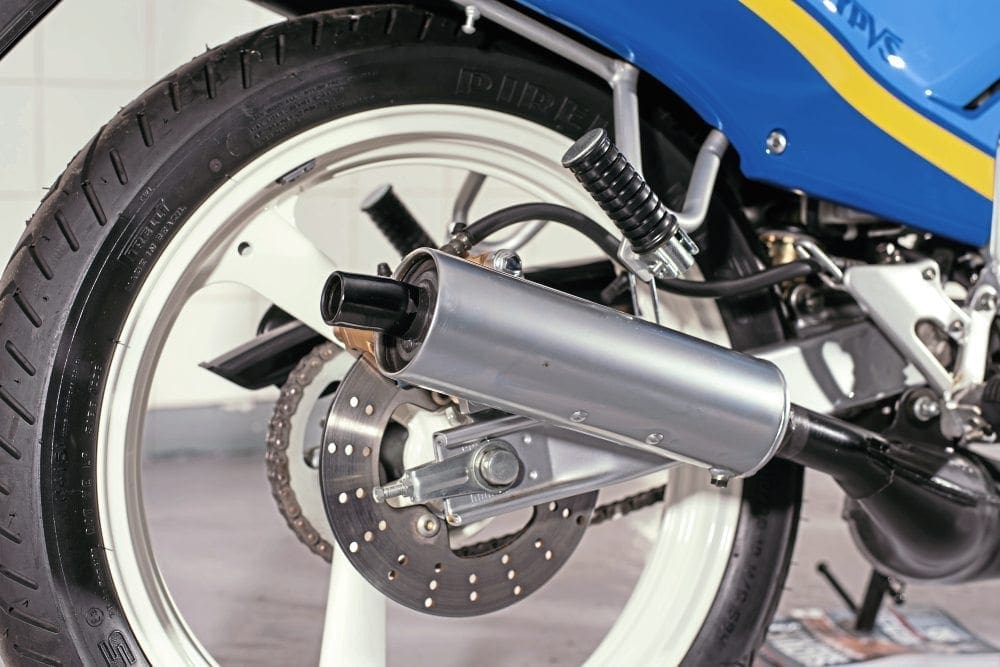
Within a couple of years the learner market was awash with the damn things and there were as many specialist suppliers out there tooled up for the new tiddlers as there had been for the outgoing 250s. How many parents lay in bed awaiting the late night onslaught of their progeny’s return home courtesy of an aftermarket spannie? With the 125 learner bike fairly quickly assimilated and accepted various players began to bring in their second generation versions and Yamaha pulled off a blinder.
The outgoing RD125LC (and its DT analogue) had become pretty much the apogee of the first generation and their next offering carried on in similar vein with this month’s target, the Yamaha TZR125. If the outgoing model possibly looked a little skeletal, anorexic (and from some angles, almost sketchy in places) the new machine had an altogether more unified appearance.
Following the standard Japanese corporate approach of unified looks across model ranges the little TZR did a good job of mimicking its older siblings such as the TZR250 and the FZ600. Many an aspirant 17-year-old was sold on the learner bike via the reflected glory of the bigger machines. The 125 was a machine that sold on image rather than outright performance.
The TZR125 was introduced into the UK in March 1987 as the 2RK model (with a fairing as on optional extra) which ran from chassis No 2RK-000101 until March 1989 when with a colour change and realistically not much else the bike sold as the 3PC model.
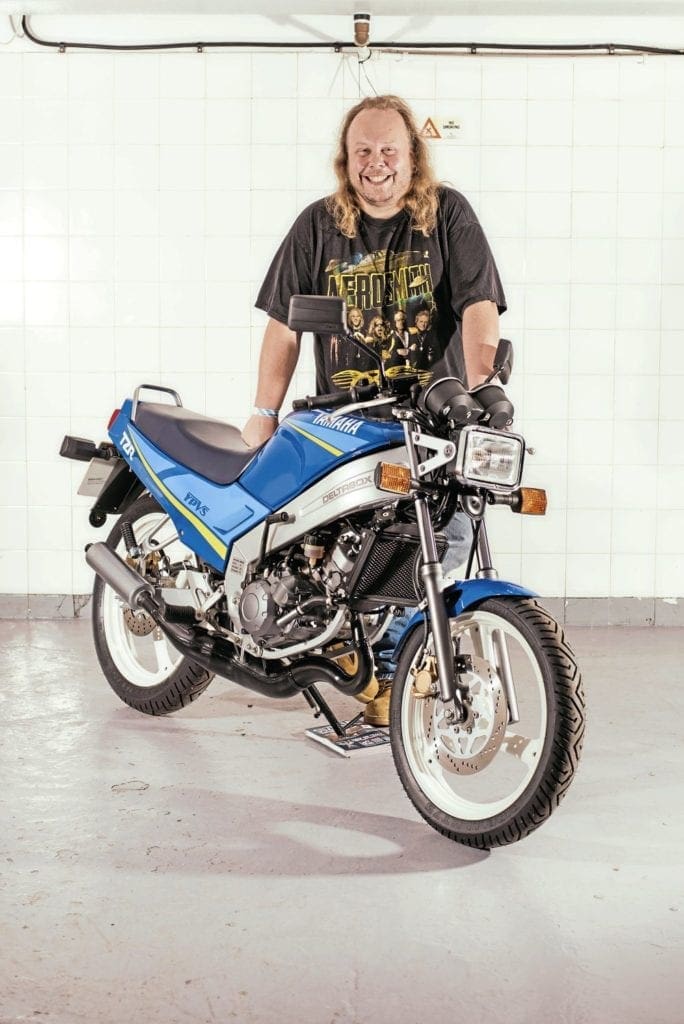
This minor variation sold in the UK until the end of January 1990 from frame No. 2RK-011101. The early models are further identified by a single square headlight at the front of the box fairing, clip-ons located on top of the yoke, and conventional forks.
Yamaha being keen to stay in the limelight, changes came in February 1990 and included a 17in front wheel and a rear disc as opposed to the earlier bike’s rear drum. The wheel was upgraded to a more modern looking three-spoke design. Yamaha ceased production of the basic TZR125 in late 1992 or early 93 and it was replaced by the new TZR125R, a replica of the TZ GP racers.
However, over-stocking meant that for a short period both the old and new models were sold alongside one another so finding a non-R model on a later plate is not necessarily bad news. In theory none of the UK models had the YPVS servo fitted as standard but in theory this could be bought with proof of a full licence.
Just how many learners had such devices fitted courtesy of mates who’d passed their test is open to debate but many a TZR graced with the YPVS kit and a Micron Hypower expansion would allegedly run off the 100mph clock. Should you consider an example thus equipped you might very well wish to factor an engine overhaul into the bargain given the reputation of teenagers.
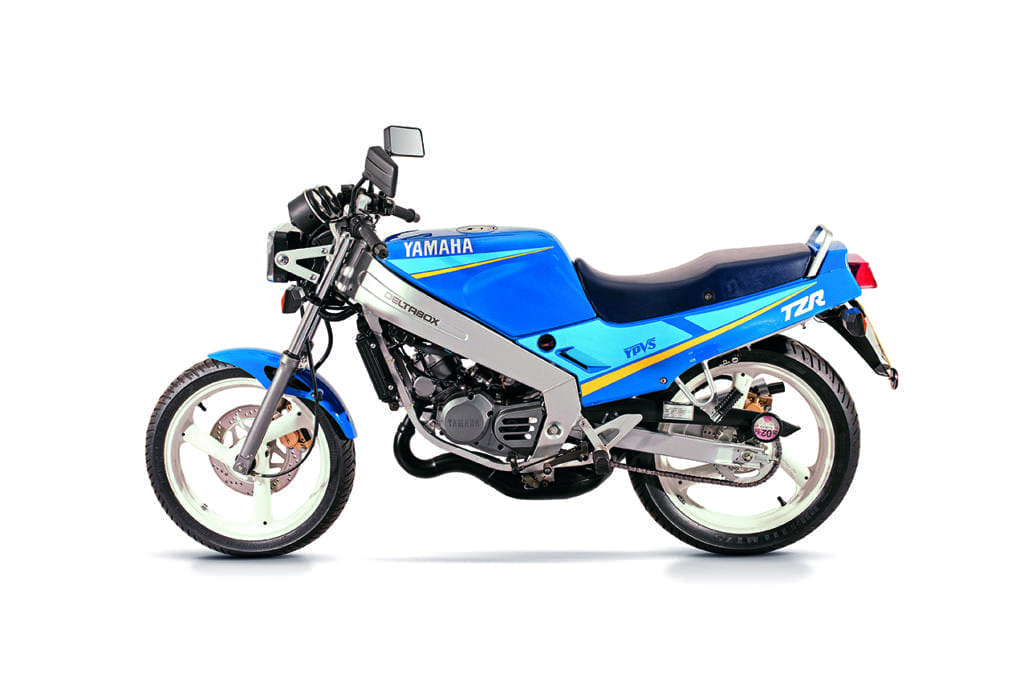
In 1993, the TZR125 became the TZR125 R. This new generation had little similarity to the previous machines and featured separate rider and pillion seats and inverted forks. The pinnacle of the R series was the 4DL version assembled by Belgarda of Italy utilising both Japanese parts and Italian components such as Brembo brakes and wheels, Marzocchi USD forks and crankcases manufactured by Moto Minarelli.
The machines run a 3MB00 code on the cylinder block along with the 4DL prefix on both crankcase and frame. There are two versions of the 4DL with the Series 1 featuring a storage flap which opens out horizontally and a sidelight above the headlight. On the Series 2, the storage compartment is accessed via removal of the pillion seat; the sidelight is absent.
Just as Yamaha back in Japan tweaked the basic versions of the TZR250 so did Belgarda. Produced in limited numbers TZR125RRs and TZR125R SPs were trickled out with modifications as various as swinging arms and differing power outputs. As a swansong someone in Italy worked out that it was possible to drop Yamaha’s XT660 motor into the Belgarda frame and the hybrid was sanctioned to be sold as the Yamaha SZR660 Belgarda. The little TZR125 must have been a pretty serious machine for Yamaha as factory records list 23 different models which is good going for a tiddler.


